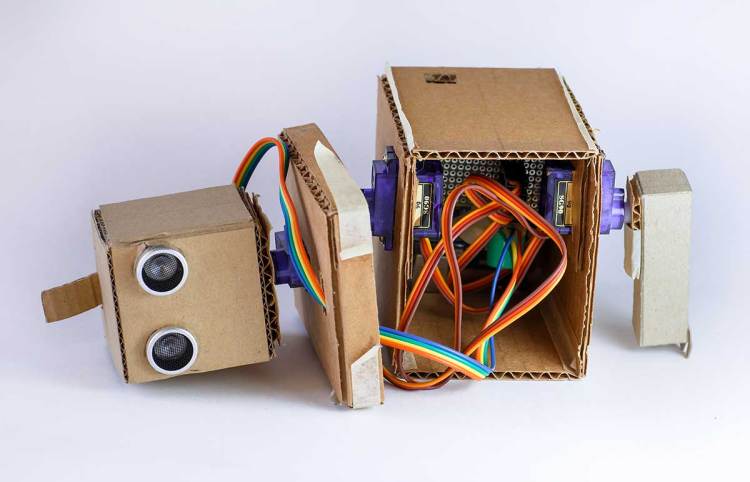The public is riveted by artificial intelligence, but most people don’t have a clue what “AI” actually is. Media hype and populist stories confuse rather than clarify. How does popular perception affect the vast array of Silicon Valley companies building actual AI products and services? We spoke to leading entrepreneurs and executives to learn their unique challenges with selling and marketing AI.
Not surprisingly, the biggest challenge AI entrepreneurs collectively identified was lack of buyer understanding regarding what AI entails and requires. “We’re early in a convoluted market. AI means a lot of things,” says Christian Monberg, cofounder of marketing platform Boomtrain. In their eagerness to capitalize on this growing and exciting trend, many label their wares as “AI-powered” when in fact no machine intelligence exists. Thus further confuses buyers outside the tech industry who are already grappling with constantly changing technical terminology.
Josh Ziegler of travel technology shop Zumata points out that media hype has led to inflated expectations about the impact of AI. “AI and chatbots have been touted as a silver bullet with infinite magical powers,” he explains. “The dawn of AI taking over the world and being a plug and play technology has fostered a misconception of what is truly possible today.” Alex Lyashok of process automation maker WorkFusion calls this “faux AI hype.”
The industry does benefit from the increased attention, but Ziegler believes persistent false advertising can create more obstacles than opportunities. He observes the market is full of “technology for technology’s sake,” where “bots often fail to solve a real need or an actual pain point.” Even when bots are being used to solve actual problems, inexperienced buyers often don’t understand the level of commitment required to see meaningful results.
June 5th: The AI Audit in NYC
Join us next week in NYC to engage with top executive leaders, delving into strategies for auditing AI models to ensure fairness, optimal performance, and ethical compliance across diverse organizations. Secure your attendance for this exclusive invite-only event.
“Most of our clients wish to dip their toe in the water with chatbots. They tend to have grand ideas of what is possible, but wish to start with a tiny scope prototype as they control a small budget absent approvals,” Ziegler elaborates. “The goal is to then use the results to request a larger budget. While this seems rationale on the surface, it is like buying a skateboard to see if a Ferrari would be accepted by your users.”

How is the AI industry combating this giant gap in understanding? Some entrepreneurs observe that miseducation is a symptom of how young the wave of AI feels and suggest that glamorization will fade with more time and case studies. CEO and founder of image recognition creator Clarifai Matt Zeiler hopes that “as leaders in AI emerge, people will turn to them to actively educate themselves about AI, understand what’s possible today, and inspire what will be possible tomorrow.” Maura Woodman from marketing intelligence platform Affinio suggests guiding customers to first identify and diagnose problems. “The most helpful thing I can think of is having more people taking a data-backed approach and being willing to talk about how [AI could impact] their bottom line,” she says.
John Hathorn of machine-generated content shop Automated Insights also believes that adding context can help set the right expectations. He says, “A lot of the pain points we face within the natural language generation (NLG) industry and within artificial intelligence as a whole could be alleviated if we take a step back and really highlight the achievements and strides that have been made within the space.”
Turns out miseducation is a challenge not only for customers, but for company employees as well. For teams to succeed, a minimum level of understanding between tech-savvy engineers and non-coding sales and marketing professionals is essential.
“Because we solve a particularly mission-critical problem, we need salespeople who are particularly good at understanding what kinds of use cases are in our sweet spot and what use cases are farther down-roadmap,” says Peter Brodsky, CEO and founder of HyperScience, a company that automates data entry for back office operations. “That’s a particularly rare kind of salesperson, and so it’s a real challenge we face on the hiring side.”
Marlene Jia is the Chief Revenue Officer at TOPBOTS, a strategy and research firm in applied artificial intelligence and machine learning. You can follow her updates on enterprise AI technologies on Twitter at @mjia.
This story originally appeared on Www.topbots.com. Copyright 2017


